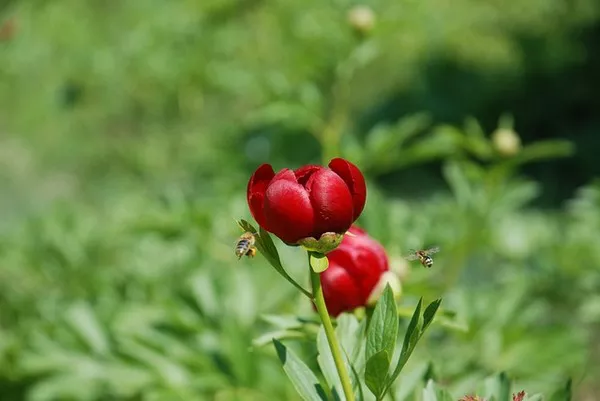Quirino province is experiencing a surge in popularity for its unique fossilized flowers, emerging as a best-selling local product that has successfully ventured into the international market. This flourishing industry, now a symbol of artistic creativity and economic empowerment, has its roots in a pioneering initiative that began in 1994.
The inception of the fossilized flower industry in Quirino was spearheaded by a group of women who received training under a joint program initiated by the Department of Agrarian Reform and the provincial government, led by then-Governor Junie E. Cua. The visionary move sought to impart the art of creating fossilized flowers to approximately 30 women, who gathered for a seminar conducted by Dr. Everette Zingapan of Tuguegarao City at Cua’s residence in Cabarroguis.
Zenaida Dela Cruz, now 92, emerged as one of the success stories from the training. Capitalizing on her newfound skills, she established Patrocinio’s Arts, Gifts, and Decors, setting the stage for a booming business. This success prompted the renaming of the venture to Flowerqueen by her daughter, Erlinda Chi.
Reflecting on the early days, Chi reminisced, “I think only 20 of them finished the seminar, and some did not continue because, at that time, fossilized flower making was not so popular before.” Despite initial challenges, the venture gained momentum, leading to numerous training sessions and a ripple effect of economic benefits for many women.
Currently owned by Chi’s daughter, Maria Lynx Brenda Chi, Flowerqueen Enterprises and the Fossilized Flower Village in Barangay Gamis, Saguday, have become integral to the community. The village provides employment to local women as flower makers, contributing to the province’s economic growth.
Fossilized flowers, crafted from butterfly or alibangbang leaves (scientific name: Bauhinia malabarica), offer a captivating array of roses, gumamela, sunflowers, lilies, chrysanthemums, and more. These leaves, abundant in Quirino, are meticulously dried, bleached, and dyed in vibrant colors, with twigs sourced exclusively from the province’s mountains.
Chi highlighted the challenging yet rewarding process, saying, “I tried to go to the mountains before, but it is so hard to reach the place. But once you get there, feast your eyes with the abundant trees that supply twigs and branches for our fossilized flowers.” In addition to alibangbang leaves, other varieties such as guyabano, jackfruit, mango, and guava leaves are used, each requiring specific treatments for optimum results.
Acknowledging the role of chemicals like hydrogen peroxide and caustic soda in the whitening process, Chi emphasized the meticulous assembly of the flowers using tissue paper, wrapped with fossilized butterfly leaves. The result is not merely a product; it is a testament to the passion, patience, and creativity of Quirino women, producing stunning works of art that attract visitors.
Visitors to the Fossilized Flower Village are greeted with an opportunity to purchase these unique creations as souvenirs, contributing to the economic sustenance of the region. Chi expressed gratitude to government agencies such as the Department of Trade and Industry, the Department of Tourism, and the Philippine Information Agency, as well as other partners for promoting their products at local and international trade fairs.
While competition exists among fossilized flower makers like Flowerqueen, Maddela Flowers and Crafts, Aguas Fossilized Flowers, Joyce’s Gift Shop, and more, Chi emphasized a sense of communal collaboration. “After all, we are all Quirinians who want to help our province in sustaining fossilized flowers as one of the One Town One products of Quirino,” she added.
Chi concluded by stating their commitment to providing training for new entrants in the business, emphasizing the vocation instilled by her mother Zenaida — to share skills and love for the craft, fostering a legacy that will endure in the evolution of fossilized flowers in Quirino.


